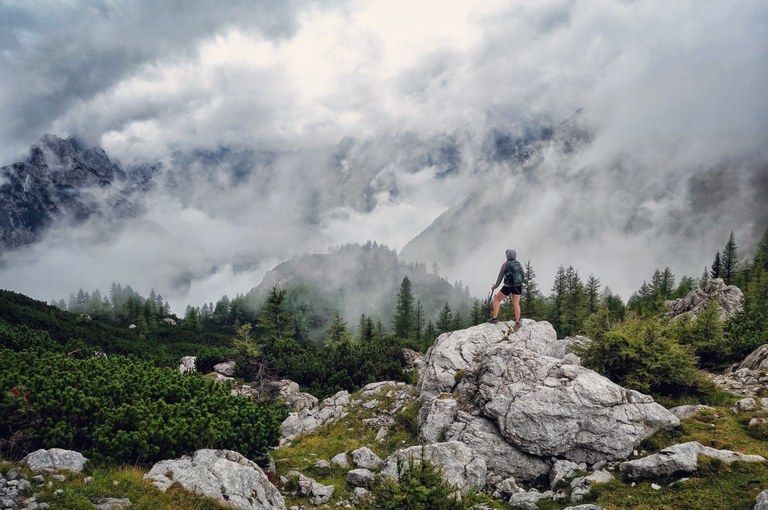
On 18 February 2021, Government Office for Development and European Cohesion Policy and Science and Research Centre Koper (ZRS Koper) hosted a joint workshop on protection of cultural heritage and revival of tourism offer in the Mediterranean hinterland. The first part of the workshop put spotlight on case studies of restoration and conservation of palaces listed as cultural heritage monuments that are subject to legal protection in accordance with the relevant legislation. A representative from the Venetian organization bringing together public and private institutions made it clear by presenting case studies how important it was for all the players to find common ground and to agree on the purpose and objective of cultural heritage. The latter should work in the public interest and should meet financial viability requirements at the same time, a part taken care of by local private investors. Additionally, delicate restoration and conservation measures taken on several case studies involving both public and private buildings were presented.
The second part of the workshop aimed at highlighting the value, features and potential of cultural and natural heritage, stressing that it takes specific knowledge to recognize the wealth and the immense untapped potential of cultural and natural heritage for the development, diversification and expansion of tourism offer in hinterland areas beyond major tourism destinations. Discussion also focused on what it takes to make the hinterland regions outside main tourism flows more attractive. Participants in the workshop got to know the diverse range of new tourism products that could help put hinterland regions back on the tourism map (silent retreat, extreme sports, etc.).
Finally, the workshop shed light on the relevant Slovenian legislation governing cultural heritage protection, outlining how interventions on buildings designated as protected cultural heritage monuments should be carried out. Participants learned about the project of restoration and conservation of the medieval Rajhenburg Castle in Brestanica pri Krškem, which now houses a museum, shops offering local homemade products and arts and crafts products, hosts collections, and serves as an event venue. The project is a perfect example showing how protection and conservation of a cultural heritage monument and smart planning can go hand in hand creating a successful story that significantly contributes to expanding the region’s tourism offer.
The joint workshop was carried out as part of the activities of two projects, i.e. MerlinCV, a project which is co-financed by Interreg V-A Italy-Slovenia 2014-2020, and Panoramed, a project which is co-financed by the transnational cooperation programme Interreg V-B Mediterranean. For more information about the two projects go to
https://www.ita-slo.eu/sl/merlincv (MerlinCV) and
https://governance.interreg-med.eu (Panoramed)





